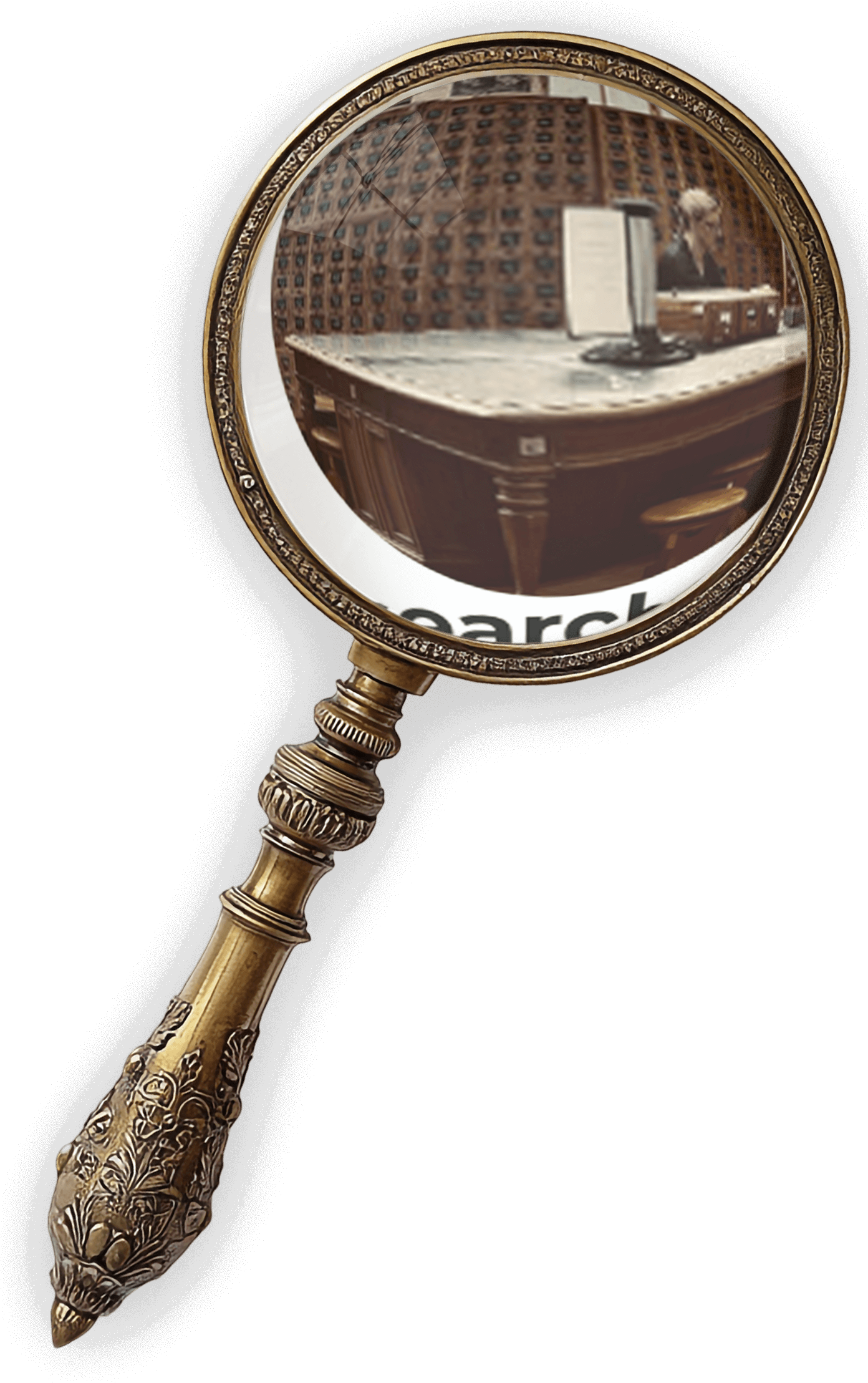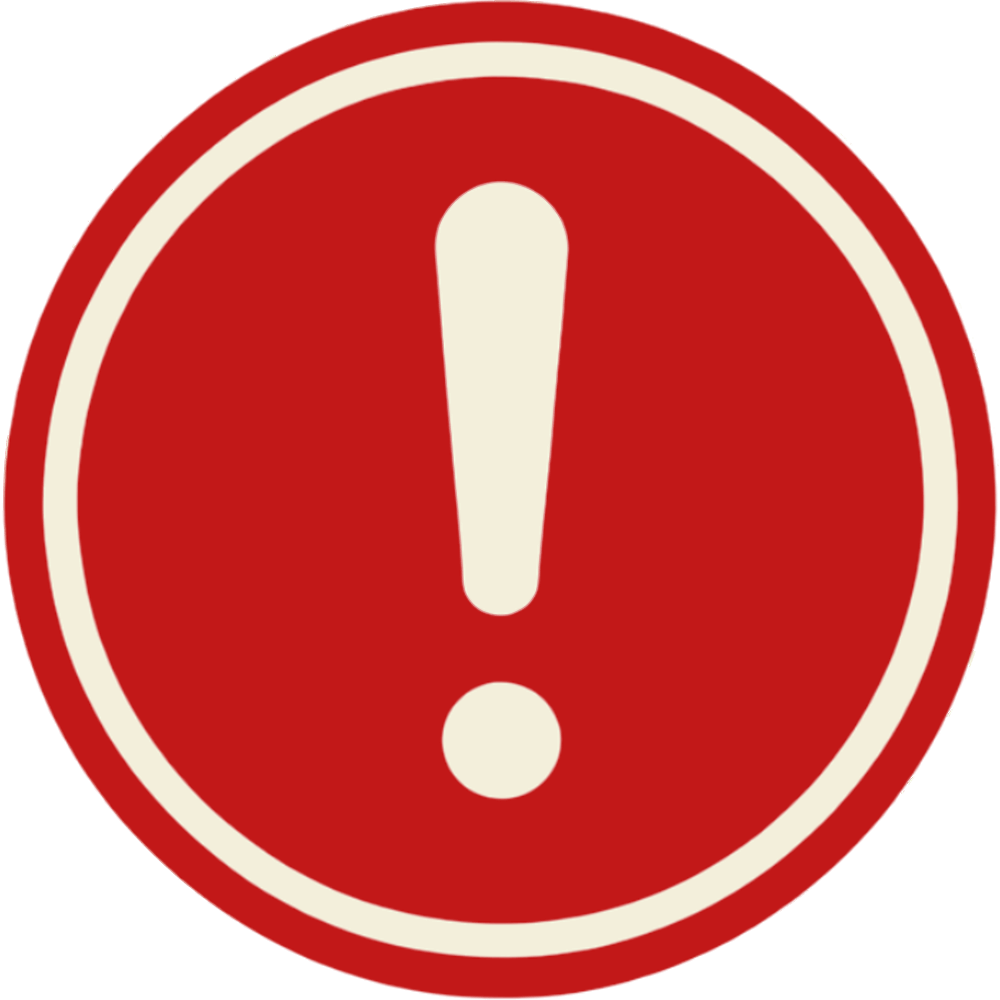Art history & theory
Researcher's Notes
The research process
Art historian in the library


The process of art historical research, especially of works of art from the distant past, is similar to a detective investigation. Evidence is gathered, connections are made and alibis are established. Often the smallest details are crucial, so the art historian needs a magnifying glass – real or virtual. And access to archives, books and images... Lots of images. For it is in this way that visual erudition is formed, which turns into intuition, that leads the researcher in the right direction.
And like the detective, the art historian must ask the right questions.
And be wary of trying to fit facts to theory. Logic, induction and deduction are not only Sherlock Holmes' true friends.
So let's grab our best magnifying glass, grab our books and get started!

© Olga Neuymina
All texts on this page, as well as associative links, patterns, ideas, assumptions expressed on this page are the result of intellectual activity of the right holder. Their use or copying is allowed only with the permission of the right holder and with obligatory reference to the source: earlyscientificinstruments.art
All texts on this page, as well as associative links, patterns, ideas, assumptions expressed on this page are the result of intellectual activity of the right holder. Their use or copying is allowed only with the permission of the right holder and with obligatory reference to the source: earlyscientificinstruments.art



